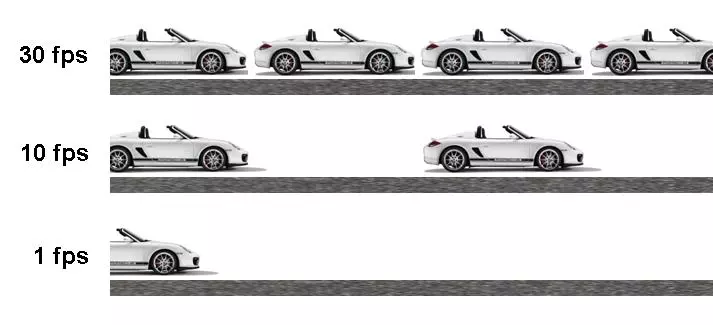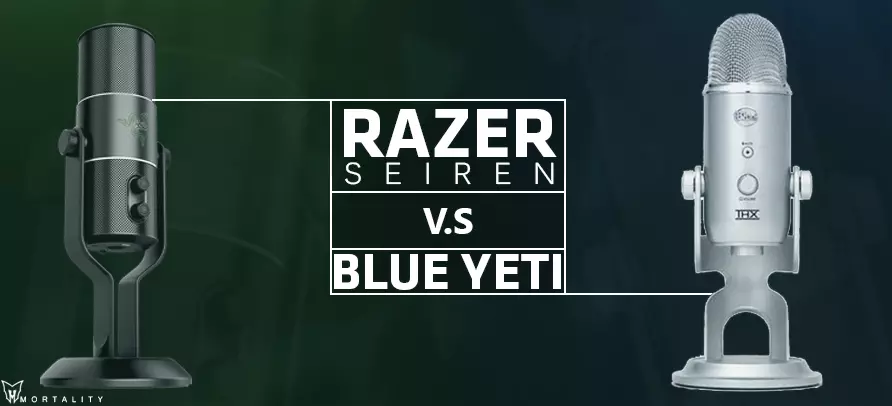
How important is FPS?
FPS
The term “FPS” stands for frames per second and it is a measurement for how many consecutive images a camera can handle each second. Frames per second apply to many different aspects such as video cameras, computer graphics and motion capture systems. Frame rates in a video game reflect how often an image in the game is refreshed in order to give an impression of motion.
History
The term “FPS” began with the filming industry. In the mid-1800s, inventions such as the zoetrope would display a sequence of images, showing different events of action, would appear as movement if the images were shown at a rapid rate. The human eye can register 10-12 frames per second as separate images. However, if the frames per second are beyond 10-12 frames, the image sequence is seen as a motion and the seams begin to disappear. Today, films run at 24 FPS.
Zoetrope
FPS and Computer Hardware
FPS is affected by the systems hardware, such as the graphics card, motherboard, CPU and memory. It can also be affected by how well the game is optimised and developed for graphics performance. The two most important factors on FPS performance are the Graphics Card and CPU. Basically, the computer’s CPU sends instructions and information from the game, to the Graphics Card. The Graphics Card will then in turn process the instructions render the image and send it to the monitor where the image is displayed in high definition.
The performance of your graphics card is dependent on the CPU and vice versa. If a CPU is underpowered, it does not matter whether you upgrade your graphics card or not because the graphics card will be unable to utilize all of its processing power. For example, if a gamer has low FPS, the images have a choppy, jumpy movement or frozen screens that make it difficult to interact with the game.
FPS and Gameplay
Frame rate plays an important role in the world of gaming. Most video games today are created with the goal of being able to hit a frame rate of 60 FPS. However, anywhere between 30 and 60 FPS is considered acceptable. When a gamer has a frame rate below 30 FPS, the gameplay is often ruined because the quality of the images is low. If the game is running at 60 FPS or higher, the game runs smoothly and it gives a clear impression of motion. However, since most monitors are set with a refresh rate of 60Hz, anything above 60 FPS is not visible. (Click link to see difference between 30 and 60 FPS: https://goo.gl/TQ6NYV)
In the competitive scene, low frame rate can lead to disadvantages for the player and cause the team to lose. For example, if a player is having frame rate issues, he might not able to see the entire team fight or his crosshair and therefore be unable to help his team.
Solutions to low FPS
To increase the frame rate in your games, it is recommended to upgrade your hardware. Upgrading your hardware will always improve the performance however it is expensive. Another option to improve your FPS is to simply adjust the game’s graphic settings. The graphic settings have many different options to choose from such as Texture Quality, Resolution and Shadows. Lowering these options or even turning them off in the case of shadows can greatly increase the game’s frame rate. It is probably best to turn off shadows when running games on older graphic cards.
Different Resolutions
